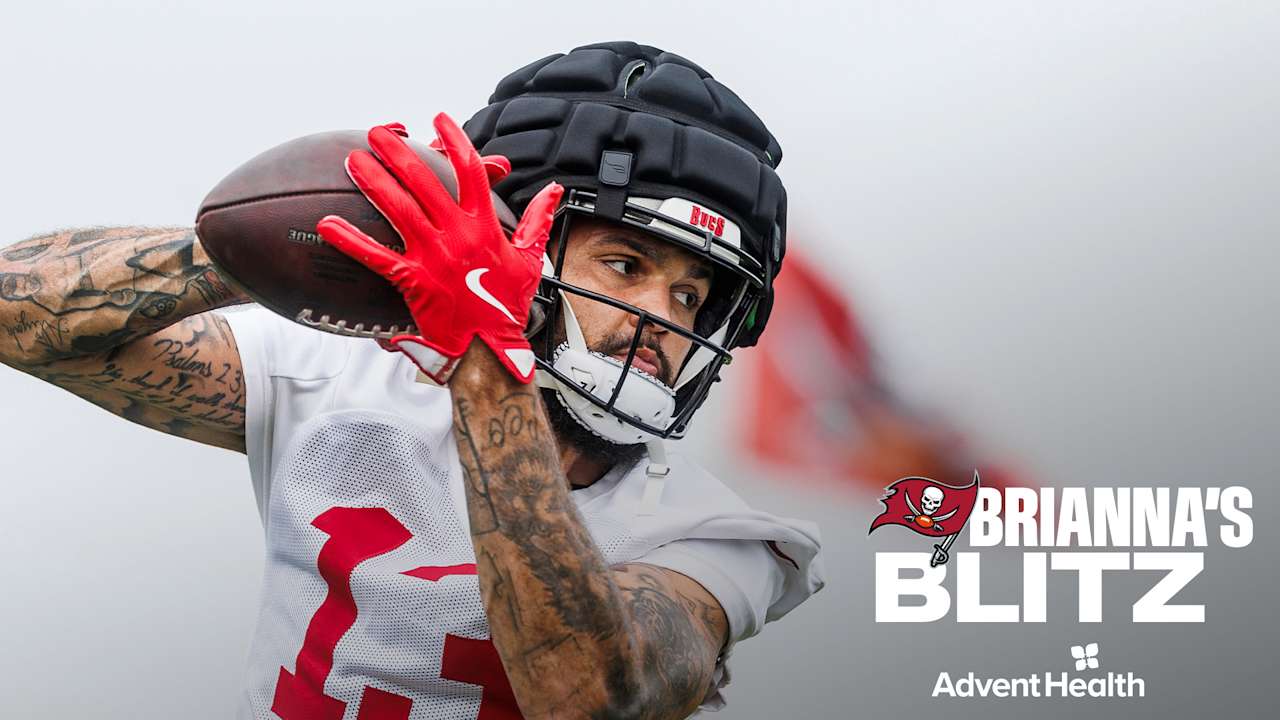NBA
The Karl-Anthony Towns Trade Could Haunt the Knicks and Wolves

From the odd timing and questionable fits, to it involving a pair of contenders coming off their best season in a generation and then deciding to do something unnecessarily drastic, so much of Friday night’s blockbuster trade between the New York Knicks and Minnesota Timberwolves doesn’t make a ton of sense.
After nine seasons, four All-Star appearances, and a conference finals that happened just four months ago, Karl-Anthony Towns’s time in Minnesota is over. He heads to New York for Julius Randle, Donte DiVincenzo, and a protected first-round pick via the Pistons (it can’t be higher than 10th through 2027) in what can fairly be described as a headline-grabbing transaction that probably won’t thrust either team closer to a Finals appearance.
The incentives on both sides are sensible albeit discouraging. Minny did this to shed Towns’s extravagant four-year, $220 million contract (which includes a $61 million player option in 2028 when he will be 32 years old). The franchise’s desire to get off it wasn’t surprising, given its exorbitant luxury tax bill and cap sheet that easily topped the second apron for years to come. The odds on KAT finishing this deal without getting moved were slim ever since he put pen to paper in 2022. But the predicament here, evident throughout the Wolves’ impressive playoff run, is how good and important Towns clearly was to a team that really valued his size and unique offensive skill set. There were blips and droughts in the postseason (particularly during the Western Conference finals), but Towns was sensational for critical stretches against the Denver Nuggets and Phoenix Suns, whether guarding Nikola Jokic or posting a 63.3 true shooting percentage through the first two rounds.
Coming off their deepest run in decades, the hour of this trade is exasperating. Why get rid of Towns now? He’s still an All-Star smack-dab in the middle of his prime who naturally complements and feeds off of Anthony Edwards and Rudy Gobert. When those three shared the court last season, the Timberwolves absolutely ruled on both ends.
The value Wolves GM Tim Connelly got back wasn’t atrocious but it also doesn’t make his basketball team any better. Here’s a generous big-picture view: Randle has made two All-NBA teams in the last four years; DiVincenzo is resilient, well-rounded, and made 40.7 percent of his catch-and-shoot 3s in 2023-24; and draft compensation in any form matters for a team that previously had zero picks available to trade this or next year.
Getting off Towns’s contract opens up quite a bit of flexibility over the next few summers, too, particularly if Randle (who has a $30.9 million player option next season and turns 30 in November) doesn’t stick around. In 2026-27, only Edwards, Jaden McDaniels, DiVincenzo, and three rookie-scale contracts will be on the books. If Rob Dillingham hits and becomes a dependable starter, Minnesota can look to build something brand new around one of the most electric superstars alive.
But in the here and now, as a team that reasonably aspires to win the whole thing in 2025, this trade could haunt the Wolves. Randle is inefficient, volatile, and exudes a selfish streak. He’s a career 33.3 percent 3-point shooter who made 31.1 percent of them last year. How cramped will Ant’s driving lanes be without Towns spaced out behind the arc? How much room will Gobert have to roll when he sets a ball screen for Mike Conley? Naz Reid was necessary last year. Now he might be a little too pivotal.
Maybe the Wolves think they can pull a fast one on the Western Conference by replacing Towns’s bottom-line production with Randle’s ground-and-pound physicality; adding DiVincenzo to a rotation that can really use more accurate, high-volume movement shooters is a boon. Maybe they don’t view the new-look Nuggets as the same type of threat sans Kentavious Caldwell-Pope or see Oklahoma City’s newfound size as an existential issue.
But getting rid of Towns now, as opposed to waiting until February (when a trade like this would likely still be on the table) fundamentally mutilates what had been a winning formula. Remember: Towns’s inability to anchor an above average defense was the biggest reason Minnesota mortgaged most of its future to get Gobert in the first place. I understand how dramatically the new CBA has changed every organization’s financial forecast, but for the Wolves to then turn around and eject KAT for a worse player who, on paper, doesn’t make a ton of sense next to Gobert or Ant is … not ideal.
Edwards just lost someone who might as well have been created in a lab as his ideal pick-and-roll partner. In four years as teammates, they developed a workable chemistry and dynamic that still had room to grow. Randle is a bit more clunky and less predictable. He needs the ball and doesn’t always make terrific decisions with it. His postseason résumé sits in kitty litter. If any coach can make it all work it’s Chris Finch, but this is one of the last players in the league I’d want next to Edwards, even if it’s just for one season before I can reorient my roster.
The other side of this transaction is less unsettling but hardly triumphant. Again: Why did the Knicks do this trade in late September, before actually getting a chance to see what Randle, OG Anunoby, and the Nova Bros actually looked like together? While understanding the relationship several members of New York’s front office have with Towns, absorbing his massive contract and reckless on-court tendencies (on both ends) make searching for a cheaper short-term solutions who wouldn’t cost DiVincenzo—their best shooter and second-leading scorer during last year’s postseason—a preferable route.
New York received the best player in this deal. But Towns in New York is not necessarily who he could be in Minnesota, where Gobert was a safety net. Mitchell Robinson can potentially fill a similar role but he’s consistently hurt (including right now, for the next few months) and doesn’t own four Defensive Player of the Year trophies. In other words, the Knicks did not solve their frontcourt issues. What they did, though, is add a highly talented big who can space the floor, develop a devastating two-man game with Jalen Brunson, and, historically, almost single-handedly raise the floor and ceiling of every offense he’s ever been in. (These on-off differentials don’t lie.)
Towns makes a lot more sense next to the remaining Nova crew than Randle did, which is likely what the Knicks are telling themselves. Anunoby can check some fives to keep him out of pick-and-roll when the Knicks put him at center. But picturing KAT at the five for lengthy stretches in the playoffs doesn’t work so well. Imagine him against the Celtics five-out offense, or forced to guard Joel Embiid, or trying to protect the rim and rebound as Giannis Antetokounmpo tries to assault it every 30 seconds. Offenses will make him and Brunson guard ball screen after ball screen. Maybe they’ll survive (having Mikal Bridges, Anunoby, and Josh Hart will obviously help) but it’ll be a grind.
And then there’s that contract, and all the ways it restricts New York’s flexibility. Even with Brunson’s generous pay cut, Anunoby and Towns take up a significant chunk of the cap with an extension for Bridges coming down the pipeline. They aren’t stuck in the second apron forever, but it’s a pricey bunch with few avenues to either make a meaningful upgrade or pivot elsewhere, if necessary. (Even after the 2025 draft, the Knicks can’t trade any of their own first-round picks.)
On the eve of training camp, with their realistic end goal being an NBA title, both these teams now have to discover a new identity. For the Timberwolves, it’s a needless risk for purely financial reasons. For the Knicks, it’s a major bet on a flawed star who has one of the least attractive contracts in the league. Neither scenario usually ends well.










